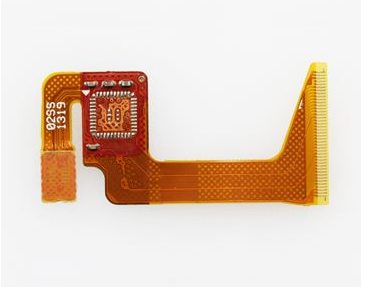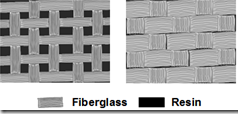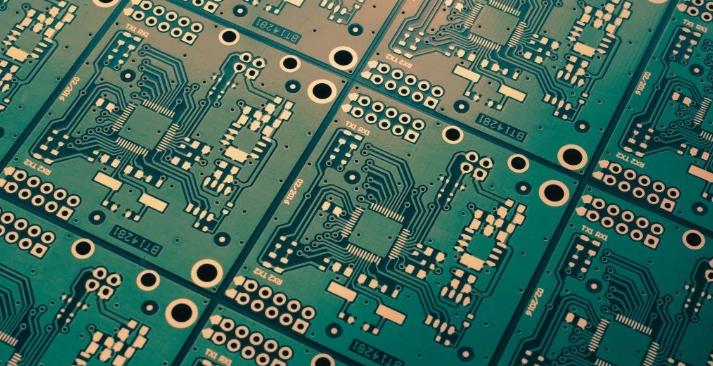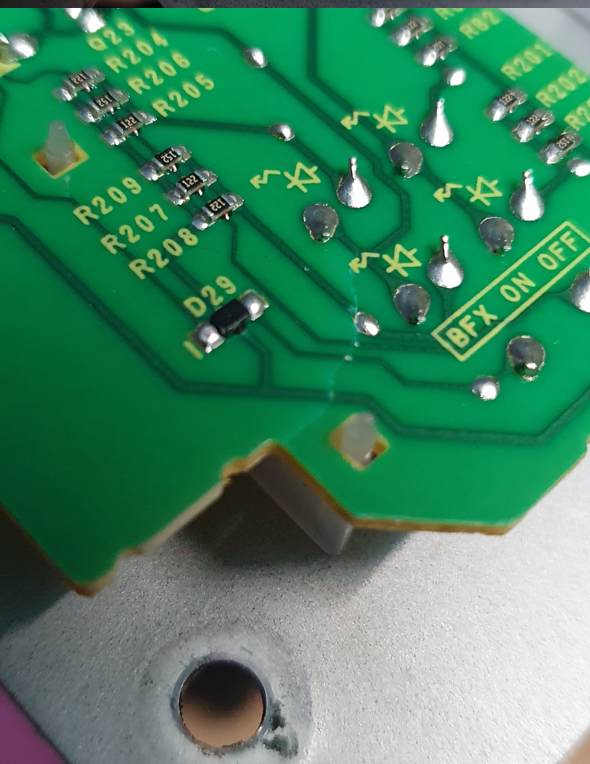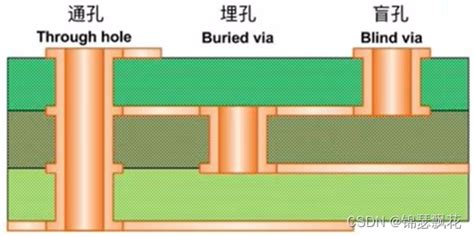Aerospace PCB Manufacturing for Mission-Critical Defense Systems

Key Takeaways
When selecting PCB manufacturing partners for aerospace defense systems, understanding critical standards is non-negotiable. Mission-critical applications demand adherence to MIL-certified protocols, ensuring circuits withstand extreme temperatures, vibrations, and electromagnetic interference. PCB manufacturing companies specializing in defense prioritize traceability and rigorous testing—factors directly impacting long-term reliability in air, land, and sea operations.
Balancing PCB manufacturing cost with uncompromised quality requires expertise. For instance, high-frequency materials like polyimide or PTFE may increase initial expenses but reduce lifecycle failures in radar or C4ISR systems. Below is a comparison of key considerations:
| Factor | Commercial PCBs | Aerospace Defense PCBs |
|---|---|---|
| Material Standards | FR-4 Substrates | High-Tg, Low-CTE Composites |
| Testing Protocols | Basic Functional Checks | MIL-STD-883 HALT/HASS |
| Compliance | Industry-agnostic | ITAR/DFARS-Certified |
The PCB manufacturing business thrives on precision. Suppliers must integrate AS9100D-aligned processes, ensuring seamless scalability for projects ranging from avionics to undersea sensors. Trusted partners align with MIL-certified standards, offering design-for-manufacturability insights to mitigate risks in mission-critical systems. By prioritizing these elements, you secure not just components, but a strategic advantage in defense readiness.
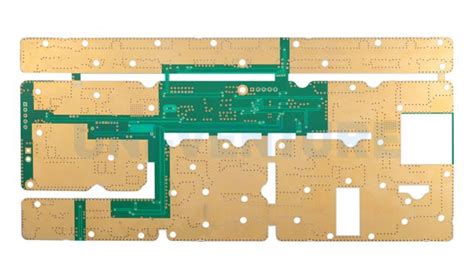
Mission-Critical Aerospace PCB Standards
When selecting PCB manufacturing companies for defense systems, you need suppliers that adhere to zero-failure tolerances. PCB manufacturing for aerospace demands compliance with MIL-PRF-31032 and MIL-PRF-55110 certifications, ensuring circuit boards withstand extreme temperatures, vibrations, and electromagnetic interference. These standards mandate rigorous testing—including thermal cycling, shock resistance, and HALT (Highly Accelerated Life Testing)—to validate performance in mission-critical environments.
"Always verify that your supplier’s PCB manufacturing business integrates traceability protocols. Full material disclosure (FMD) and lot-specific documentation are non-negotiable for audit-ready defense contracts."
Balancing PCB manufacturing cost with reliability requires optimizing design-for-manufacturability (DFM) principles. High-frequency materials like Rogers 4000 series or polyimide substrates may increase initial expenses but reduce long-term risks in radar or C4ISR applications. Advanced processes such as controlled impedance routing and conformal coating further ensure signal integrity in harsh operational conditions.
For air, land, and sea platforms, prioritize PCB manufacturing partners with proven expertise in multilayer rigid-flex boards and embedded component technologies. Their capability to meet IPC-6012 Class 3 specifications—covering hole wall quality, plating thickness, and solderability—directly impacts system longevity. By aligning with suppliers specializing in mil-aero-grade solutions, you mitigate supply chain vulnerabilities while maintaining compliance with evolving defense standards.
MIL-Certified Defense System Circuitry
When sourcing PCB manufacturing for defense systems, you need circuitry that meets stringent MIL standards to ensure operational integrity under extreme stress. PCB manufacturing companies specializing in aerospace applications adhere to certifications like MIL-PRF-31032 and MIL-STD-883, which govern design, material selection, and testing protocols. These standards validate a board’s ability to withstand thermal shocks, vibration, and electromagnetic interference—critical for mission-critical radar, communication, and targeting systems.
Balancing PCB manufacturing cost with reliability is a key challenge. While military-grade materials and rigorous testing increase upfront expenses, they reduce lifecycle costs by minimizing field failures. Trusted PCB manufacturing businesses optimize this balance through advanced processes like controlled impedance routing and conformal coating, ensuring compliance without compromising performance. For example, multilayer boards used in C4ISR platforms often incorporate embedded passives to enhance signal integrity while meeting size and weight constraints.
By prioritizing MIL-certified suppliers, you gain access to traceable supply chains and documentation frameworks required for defense contracts. This ensures seamless integration of your circuitry into air, land, and sea platforms, where even minor flaws can compromise entire systems.
Extreme Environment PCB Manufacturing
When designing electronics for defense systems that operate in extreme conditions, PCB manufacturing must account for factors beyond standard industrial requirements. Aerospace applications demand circuit boards capable of enduring thermal cycling, intense vibrations, and exposure to radiation or corrosive elements. PCB manufacturing companies specializing in this sector utilize advanced materials like polyimide substrates and ceramic-filled laminates to ensure structural integrity under stress. Multilayer designs with embedded shielding are often employed to mitigate electromagnetic interference—a critical consideration for radar and C4ISR technologies.
To address these challenges, rigorous testing protocols such as thermal shock trials and accelerated life cycling validate performance. While PCB manufacturing cost may rise due to specialized materials and MIL-certified processes, the investment directly correlates with mission success rates in air, land, and sea deployments. Leading PCB manufacturing business partners prioritize traceability and documentation, ensuring every board meets stringent aerospace standards. By focusing on high-reliability soldering and conformal coatings, manufacturers deliver solutions that withstand the harshest operational environments without compromising signal integrity or longevity.
Radar & C4ISR PCB Technologies
When developing PCB manufacturing solutions for radar and C4ISR (Command, Control, Communications, Computers, Intelligence, Surveillance, and Reconnaissance) systems, precision is non-negotiable. These systems demand circuit boards capable of handling high-frequency signals and extreme thermal cycling while maintaining signal integrity across harsh operational environments. Leading PCB manufacturing companies leverage advanced materials like polyimide substrates and ceramic-filled laminates to meet MIL-SPEC requirements for vibration resistance, moisture protection, and electromagnetic shielding.
Balancing PCB manufacturing cost with performance becomes critical here. While ruggedized designs and specialized coatings increase production complexity, they ensure reliability in airborne radar arrays or shipborne communication hubs. For defense contractors, partnering with a PCB manufacturing business that understands multi-domain integration—whether for airborne early-warning systems or ground-based surveillance networks—reduces risks of signal degradation or component failure. Technologies such as embedded passives and high-density interconnects (HDIs) further optimize space and weight, essential for compact C4ISR payloads. By prioritizing signal-to-noise ratios and impedance control, manufacturers deliver boards that withstand the unique stresses of military-grade operations without compromising scalability.
Trusted Aerospace PCB Supplier Networks
When building PCB manufacturing partnerships for defense systems, you need networks that combine technical expertise with unwavering reliability. Leading PCB manufacturing companies in this sector maintain AS9100D and ITAR compliance, ensuring components meet stringent military specifications. These suppliers operate secure, audited facilities with controlled data protocols—critical when handling classified designs for radar arrays or electronic warfare systems.
Selecting the right partner involves evaluating their thermal management capabilities for extreme environments and signal integrity controls for high-frequency C4ISR applications. While PCB manufacturing cost remains a consideration, mission-critical programs prioritize zero-defect production workflows over budget compromises. Established PCB manufacturing business entities often offer multi-tier testing (ICT, AOI, HALT) to validate boards against MIL-PRF-31032 and MIL-STD-883 standards.
By aligning with suppliers that have proven obsolescence management strategies and supply chain traceability, you mitigate risks in long-duration aerospace projects. Such networks provide lifecycle support—from rapid prototyping to depot-level repairs—ensuring continuity across air, land, and sea platforms.
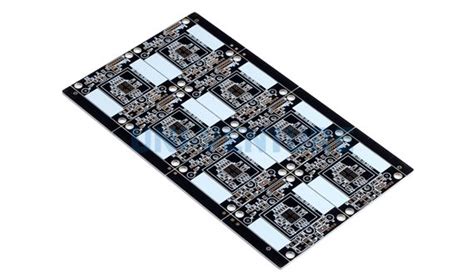
Military-Grade PCB Production Solutions
When sourcing PCB manufacturing capabilities for defense applications, you need production partners that align with stringent military specifications. Military-grade solutions demand adherence to MIL-PRF-31032 and MIL-STD-883 standards, ensuring circuit boards survive shock, vibration, and thermal extremes inherent to combat environments. Leading PCB manufacturing companies integrate automated optical inspection (AOI) and X-ray testing to validate microvia integrity and solder joint reliability—critical for avionics or missile guidance systems.
Balancing PCB manufacturing cost with performance requires material optimization. High-frequency laminates like Rogers or Arlon may elevate expenses but are non-negotiable for radar arrays, while controlled-impedance designs minimize signal loss in C4ISR networks. For PCB manufacturing business models targeting defense contracts, traceability and ITAR compliance are as vital as technical specs. Multi-layered shielding and conformal coatings further protect against EMI and chemical exposure, extending operational lifespans in harsh theaters.
By collaborating with suppliers specializing in mission-critical fabrication, you ensure seamless scalability from prototyping to full-rate production—without compromising the zero-defect benchmarks demanded by aerospace and defense end users.
Air, Land & Sea Defense PCB Applications
When selecting PCB manufacturing companies for defense systems, you need solutions that perform reliably across all operational domains. Airborne platforms demand circuit boards capable of withstanding extreme vibration, rapid thermal shifts, and high-altitude radiation – challenges that directly influence PCB manufacturing cost due to specialized materials like polyimide substrates and advanced conformal coatings. For ground-based systems, such as mobile command units or armored vehicle electronics, PCB manufacturing prioritizes shock resistance and extended durability in desert or Arctic conditions, often requiring MIL-SPEC qualification for sandproof and waterproof designs.
Naval applications introduce unique hurdles, where saltwater corrosion and constant humidity threaten component longevity. Here, PCB manufacturing business practices must integrate heavy copper layers and hermetic sealing to protect mission-critical communications or sonar equipment. Whether deployed in fighter jet avionics, battlefield sensors, or submarine navigation systems, the alignment between design specifications and environmental demands remains non-negotiable. Leading manufacturers balance these technical requirements with scalable production workflows, ensuring defense contractors receive ruggedized boards without compromising on lead times or lifecycle performance.
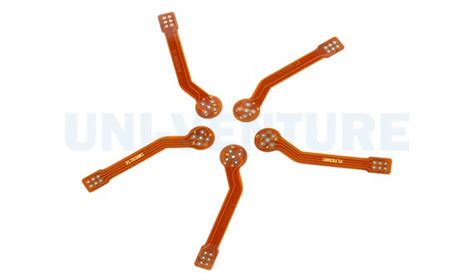
High-Reliability Aerospace Circuit Boards
When designing PCB manufacturing solutions for aerospace systems, reliability isn’t an option—it’s a non-negotiable requirement. High-reliability circuit boards must withstand extreme temperatures, mechanical stress, and electromagnetic interference while maintaining flawless performance. This demands rigorous material selection, such as polyimide substrates or ceramic-based laminates, paired with advanced fabrication techniques like laser-drilled microvias or controlled impedance routing.
Leading PCB manufacturing companies prioritize MIL-spec certifications, ensuring every layer of the board meets strict defense-grade standards. For mission-critical applications, even minor deviations in PCB manufacturing cost calculations can compromise structural integrity. That’s why aerospace-focused suppliers employ automated optical inspection (AOI) and X-ray testing to eliminate defects at micron-level precision.
Balancing performance with budget requires understanding how PCB manufacturing business models adapt to low-volume, high-complexity projects. While commercial electronics might prioritize economies of scale, aerospace applications demand traceable supply chains and lot-specific documentation to comply with ITAR or EAR regulations. By collaborating with certified partners, you ensure your boards meet zero-defect tolerance thresholds, whether they’re destined for avionics suites, satellite communications, or unmanned aerial systems.
Transitioning from design to deployment, every decision—from substrate choice to surface finishes—directly impacts operational longevity. In an industry where failure isn’t an option, investing in proven PCB manufacturing expertise becomes the cornerstone of mission success.
Conclusion
When selecting PCB manufacturing partners for mission-critical aerospace systems, you must prioritize expertise that aligns with MIL-certified standards and extreme-environment performance. Leading PCB manufacturing companies differentiate themselves through rigorous testing protocols, traceable material sourcing, and adherence to defense-grade production workflows. While PCB manufacturing cost remains a consideration for air, land, and sea applications, compromising on reliability risks operational readiness in scenarios where failure is not an option. A trusted PCB manufacturing business will demonstrate proven integration with radar/C4ISR technologies and maintain certifications like AS9100D, ensuring seamless compliance with evolving defense requirements. By partnering with suppliers deeply rooted in high-reliability aerospace circuit boards, you secure not just components but mission assurance—a critical advantage in safeguarding national security infrastructure.
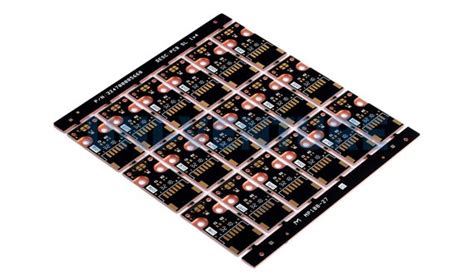
Frequently Asked Questions
How does aerospace-grade PCB manufacturing differ from commercial processes?
Aerospace PCB manufacturing requires adherence to MIL-certified standards, including extended thermal cycling and shock/vibration testing. Unlike commercial PCB manufacturing companies, defense contractors must implement redundant trace routing and high-reliability conformal coatings to withstand extreme environments.
What drives the PCB manufacturing cost for defense systems?
PCB manufacturing cost escalates due to military-grade material selection (e.g., polyimide substrates), multi-layered designs for C4ISR technologies, and rigorous QA protocols. While commercial PCB manufacturing business prioritizes volume, aerospace projects demand traceability documentation and AS9100D compliance, adding 25-40% to baseline expenses.
Why partner with specialized PCB manufacturing companies for radar systems?
Radar and air/land/sea defense PCBs require impedance-controlled stacking and EMI shielding—capabilities only trusted suppliers with mission-critical expertise provide. Generic PCB manufacturing often lacks the infrastructure for extreme-environment validation, risking signal integrity in tactical operations.
How do you ensure supply chain resilience in PCB manufacturing business partnerships?
Leading aerospace PCB manufacturers maintain dual-sourcing agreements and ITAR-compliant facilities. When evaluating PCB manufacturing companies, verify their disaster recovery plans and component obsolescence management strategies to prevent delays in mission-critical production cycles.
Ready to Elevate Your Defense Systems?
For MIL-certified PCB manufacturing solutions engineered for radar, C4ISR, and multi-domain operations, please click here to connect with our aerospace engineering team:
https://www.andwinpcb.com/pcb-manufacturing/


